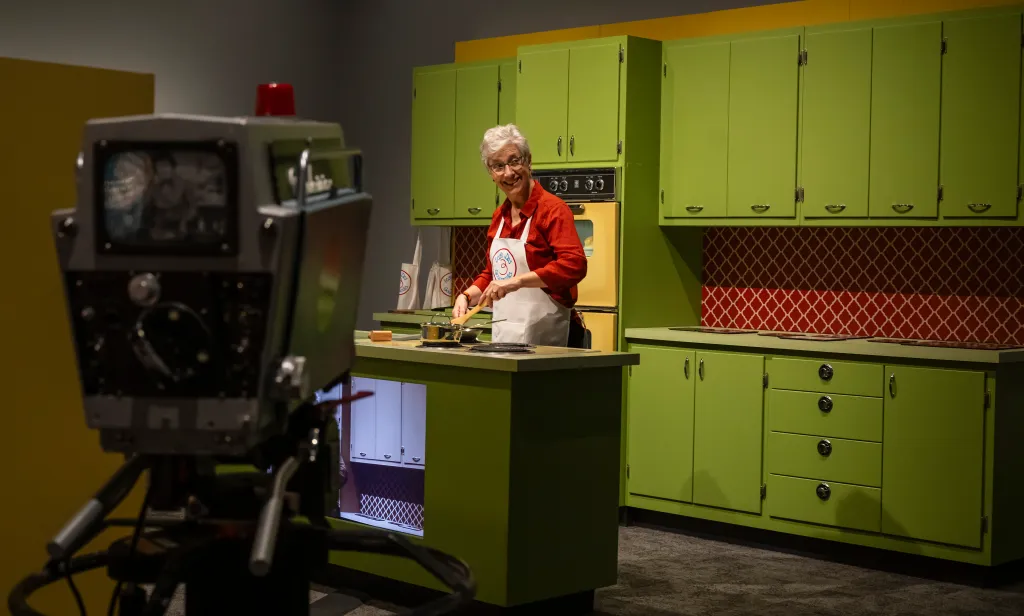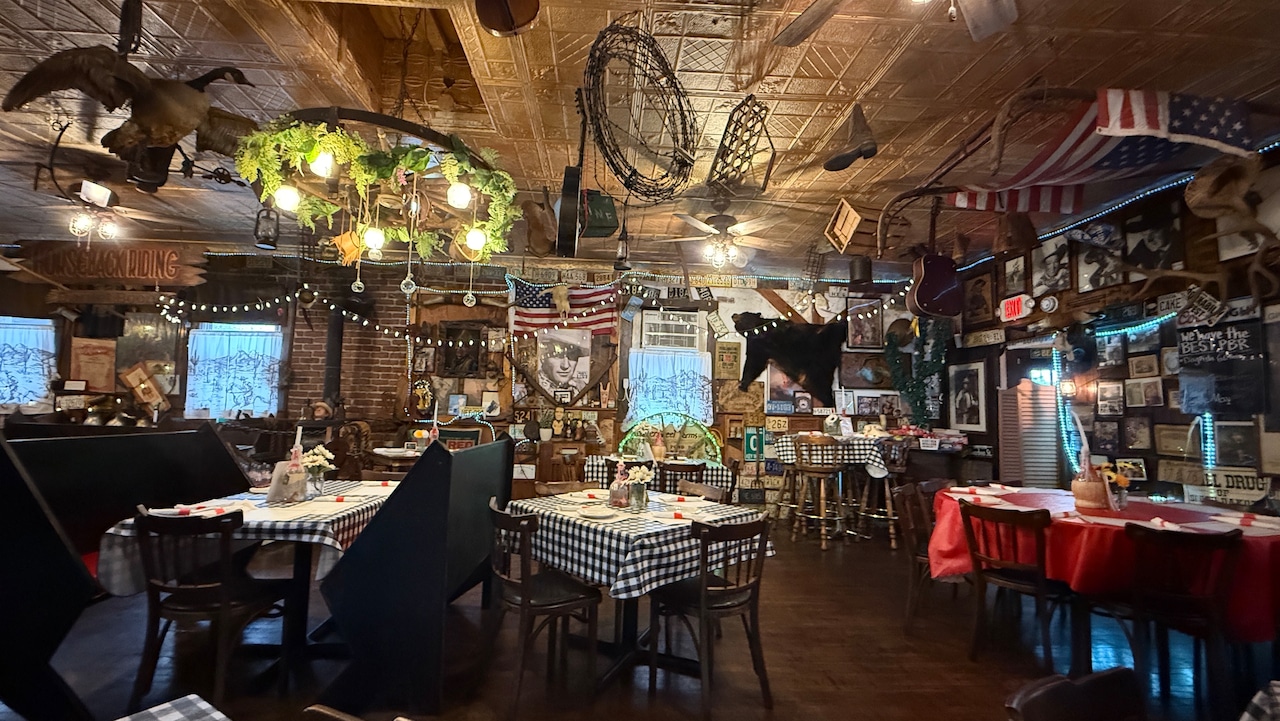
To place an obituary, please include the information from the obituary checklist below in an email to obits@pioneerpress.com. There is no option to place them through our website. Feel free to contact our obituary desk at 651-228-5263 with any questions.
General Information:
Your full name,
Address (City, State, Zip Code),
Phone number,
And an alternate phone number (if any)
Obituary Specification:
Name of Deceased,
Obituary Text,
A photo in a JPEG or PDF file is preferable, TIF and other files are accepted, we will contact you if there are any issues with the photo.
Ad Run dates
There is a discount for running more than one day, but this must be scheduled on the first run date to apply.
If a photo is used, it must be used for both days for the discount to apply, contact us for more information.
Policies:
Verification of Death:
In order to publish obituaries a name and phone number of funeral home/cremation society is required. We must contact the funeral home/cremation society handling the arrangements during their business hours to verify the death. If the body of the deceased has been donated to the University of Minnesota Anatomy Bequest Program, or a similar program, their phone number is required for verification.
Please allow enough time to contact them especially during their limited weekend hours.
A death certificate is also acceptable for this purpose but only one of these two options are necessary.
Guestbook and Outside Websites:
We are not allowed to reference other media sources with a guestbook or an obituary placed elsewhere when placing an obituary in print and online. We may place a website for a funeral home or a family email for contact instead; contact us with any questions regarding this matter.
Obituary Process:
Once your submission is completed, we will fax or email a proof for review prior to publication in the newspaper. This proof includes price and days the notice is scheduled to appear.
Please review the proof carefully. We must be notified of errors or changes before the notice appears in the Pioneer Press based on each day’s deadlines.
After publication, we will not be responsible for errors that may occur after final proofing.
Online:
Changes to an online obituary can be handled through the obituary desk. Call us with further questions.
Payment Procedure:
Pre-payment is required for all obituary notices prior to publication by the deadline specified below in our deadline schedule. Please call 651-228-5263 with your payment information after you have received the proof and approved its contents.
Credit Card: Payment accepted by phone only due to PCI (Payment Card Industry) regulations
EFT: Check by phone. Please provide your routing number and account number.
Cash: Accepted at our FRONT COUNTER Monday – Friday from 8:00AM – 3:30PM
Rates:
The minimum charge is $162 for the first 10 lines.
Every line after the first 10 is $12.20.
If the ad is under 10 lines it will be charged the minimum rate of $162.
On a second run date, the lines are $8.20 per line, starting w/ the first line.
For example: if first run date was 20 lines the cost would be $164.
Each photo published is $125 per day.
For example: 2 photos in the paper on 2 days would be 4 photo charges at $500.
Deadlines:
Please follow deadline times to ensure your obituary is published on the day requested.
Hours
Deadline (no exceptions)
Ad
Photos
MEMORIAM (NON-OBITUARY) REQUEST
Unlike an obituary, Memoriam submissions are remembrances of a loved one who has passed. The rates for a memoriam differ from obituaries.
Please call or email us for more memoriam information
Please call 651-228-5280 for more information.
HOURS: Monday – Friday 8:00AM – 5:00PM (CLOSED WEEKENDS and HOLIDAYS)
Please submit your memoriam ad to memoriams@pioneerpress.com or call 651-228-5280.
A traveling exhibition exploring Julia Child’s delicious journey through life is about to open at the Minnesota History Center, with a local cookbook sampler added to the menu.
Here are five things to know about “Julia Child: A Recipe for Life” and that Minnesota twist:
Blooming in Paris
This icon didn’t only master the art of French cooking that launched her into our American kitchens. Child, who died in 2004 at the age of 91, lived a life as varied as a charcuterie board, a life that included serving in the Office of Strategic Services, the United States’ first intelligence agency, during World War II. Besides serving her country, this is also when she met her husband, Paul Child.
The exhibit, produced by Flying Fish in collaboration with Napa Valley Museum, shares the details of those early years, beginning with her youth in Pasadena, Calif., growing up as Julia McWilliams, followed by college at Smith and the war years.
France, where Julia and Paul moved, came after the war. The timing of this development might surprise you.
“One of the things that I think that people probably don’t realize about her is that she’s in her early 40s when she discovers French cooking,” says Kate Roberts, senior exhibit developer for the Minnesota Historical Society. “People think of her as a lifelong gourmet but actually, it took her awhile to find her footing. I think that’s a great takeaway.”
A lunch to remember
Has a meal ever changed your life?
Child’s first lunch in France changed hers, thanks to the help of a Michelin guide, some good wine (not usually served for American lunches back then) and a menu she later described as the most exciting meal of her life.
The immersive displays in this exhibit include “experiencing” that meal — raw oysters with rye bread, a green salad with vinaigrette, a soft creamy cheese and a filet of Dover sole with a lemony butter sauce — with a projection system serving it up virtually on plates set at a simple table, a place “Reserved for Paul and Julia,” along with the story of that meal at La Couronne in Rouen retold on a screen, with audio.
‘Mastering the Art of French Cooking’
A fun photo opp in this exhibit is the giant display of Child’s book, “Mastering the Art of French Cooking,” the first volume of which was published in 1961 with her French co-authors, Simone Beck and Louisette Bertholle. It goes along with handwritten recipe drafts, letters and photos that tell the story of how the book was shaped.
“I think the exhibit does a very good job at explaining Julia’s influence,” Roberts says. “Because you know, Simone Beck was already writing cookbooks for the French market. But Julia was instrumental in saying, ‘No, we need ingredients that Americans can actually get and that aren’t too expensive; we need to really simplify the process and do them step-by-step.’”
As an example of illustrating that process in the days before YouTube: “Here’s a detail I did not know,” says Roberts. “Paul took photos of her doing the steps and then the illustrator used those photos to make illustrations in the book. I love that.”
‘Cook’ in Julia’s kitchen
“Mastering the Art of French Cooking” inspired more Americans to set aside their TV dinners to try and make classics like Boeuf Bourguignon and Quiche Lorraine.
Child inspired us even more after making a French omelette during an appearance on a show on Boston’s public television station, WGBH. She was a natural, and with people asking for more cooking demonstrations, it led to her own series, “The French Chef.” As a television personality, you can probably recall her encouraging home cooks in that trilling voice of hers. The exhibit’s kitchen, a replica of her set kitchen for her television series, will be fun for kids as well as those of us who have been cooking for long enough to remember Child on TV.
Visitors can man the vintage television camera or pretend they’re cooking on camera at the stovetop while displayed in black and white on the screen. It’s meant to be fun, just like Child’s time in the kitchen.
“I think kids are going to have a blast with this,” Roberts said.
Settle in with a good (cook)book
The Minnesota ingredient in this exhibit begins when visitors arrive in the lounge area. Settle into the comfy seating with some of the Minnesota cookbooks on display, from a vintage “Betty Crocker’s Cooky Book” to Stephanie Hansen’s new title, “True North Cabin Cookbook Volume Two: Seasonal Recipes from a Cozy Kitchen.”
(Look for the titles published by the Minnesota Historical Society Press in the museum’s gift shop or at shop.mnhs.org).
Minnesota cooks
The Minnesota angle here isn’t limited to published authors, though. By walking into “Minnesota Cooks: Small Bites from the Collections,” visitors can view or virtually scroll through community cookbooks dating back to the 1800s — and one from 1971, “Hot Off the Range” by the Hibbing-Chisholm Chapter of Hadassah, which includes the recipe for fudge bars from Beatty Zimmerman Rutman … also known as Bob Dylan’s mom:
Melt together four squares of unsweetened chocolate and half a cup of butter or margarine. Add to four beaten egg yolks and two cups of sugar.
Mix together and add one cup flour, 1/2 cup of milk and one teaspoon vanilla. Fold in four egg whites beaten.
Put into a greased 13×9 pan. Bake at 325 degrees for 30 minutes. Frost with chocolate frosting.
“I think the key thing about this is it’s 63 cookbooks, which sounds like a lot, but we actually have thousands in our collection, a little-known collection that is brought to life here,” Roberts says. “And what I think is really beautiful about it is how these cookbooks show cultural change. You can ask questions about who made them, who used them and you really get a sense of Minnesota culture through the lens of cooking.”
The public can also view other artifacts of our cooking culture here, including the Bundt pan, which of course is a Minnesota invention.
Julia Child exhibit
“Julia Child: A Recipe for Life” opens Saturday and runs through May 31. Admission is free for members and with general admission ($15 for adults). More at mnhs.org/historycenter.
Related events:
• “Mastering the Art of French Cooking in Minnesota” on Oct. 22 ($75). Info/reservations at www3.mnhs.org/events/33379425968.
• “Power of the Press: Recipe Cards Workshop” on Nov. 13 (free). Register at www3.mnhs.org/events/33585376365.



